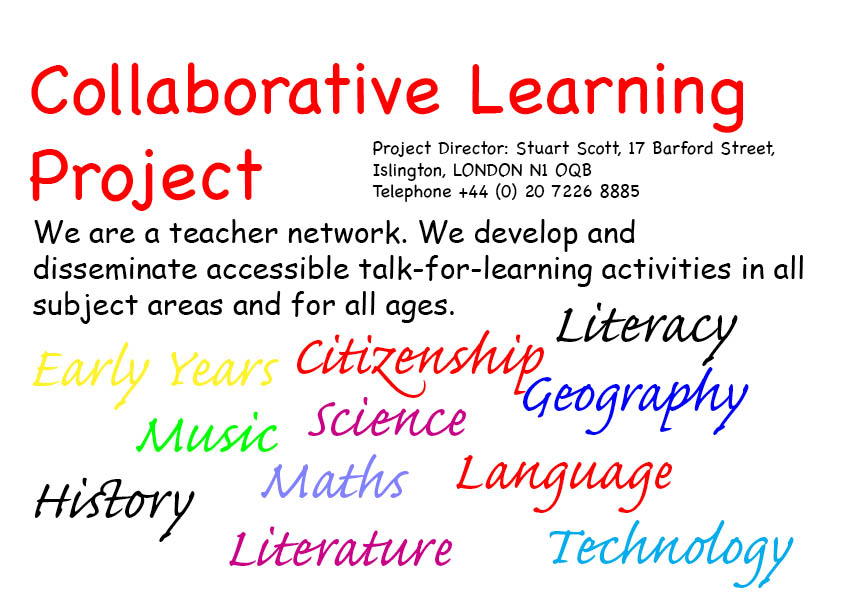
Frequently asked Questions and Answers about Collaborative Learning
 |
Frequently asked Questions and Answers about Collaborative Learning
|
 |
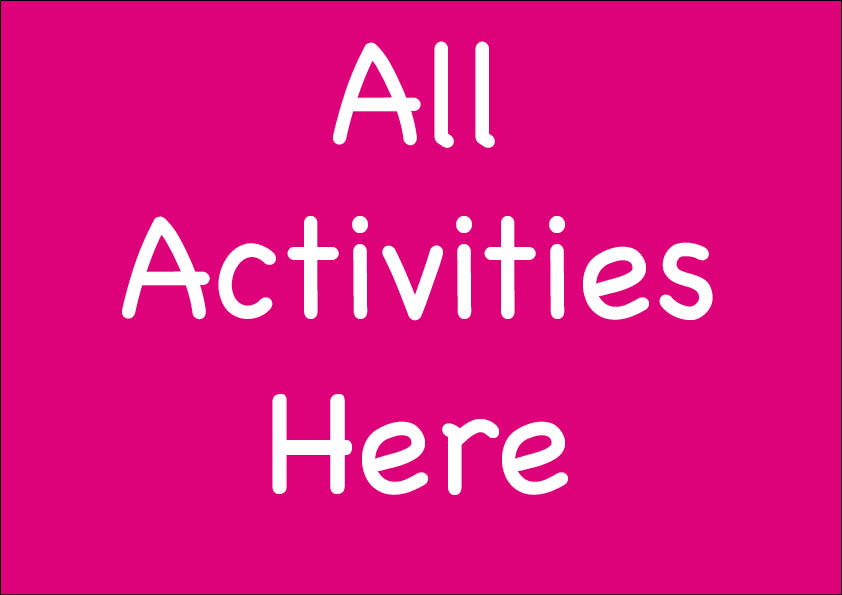 |
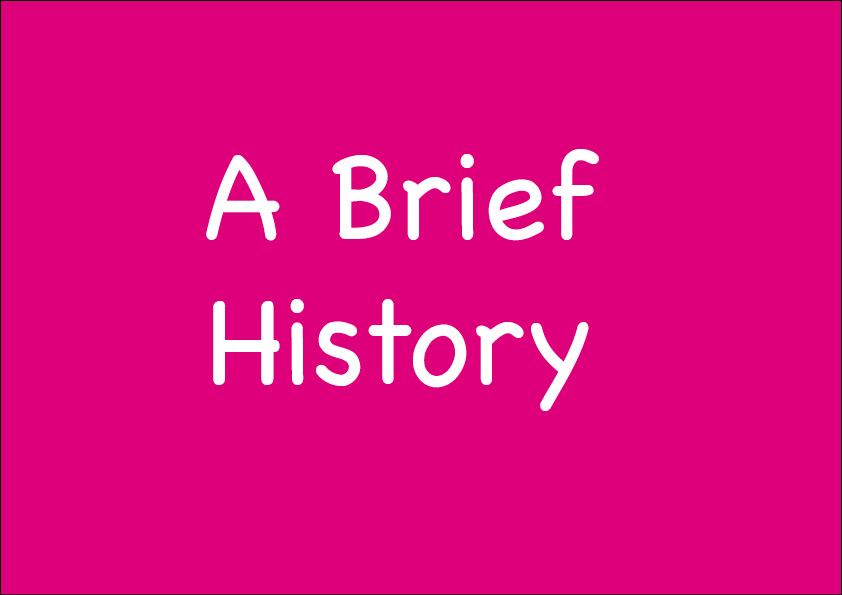 |
 |
 |
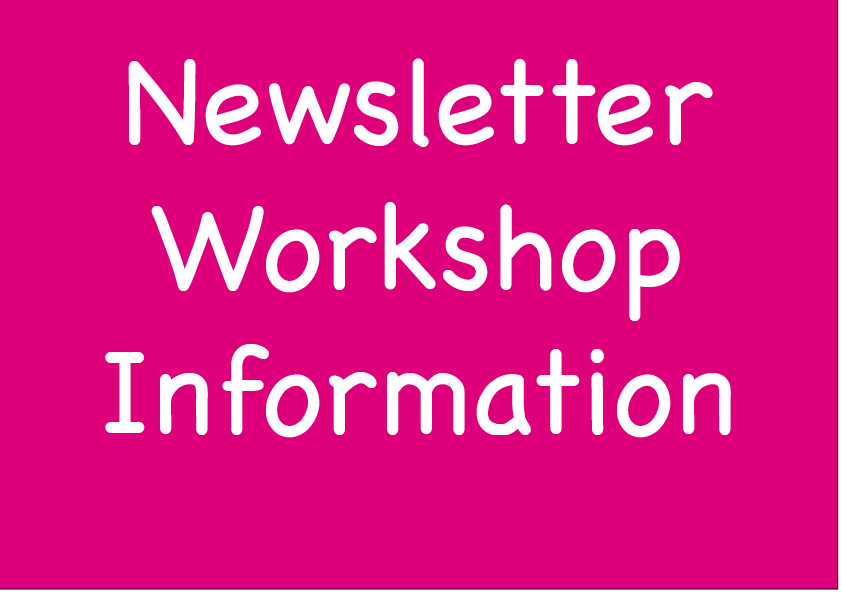 |
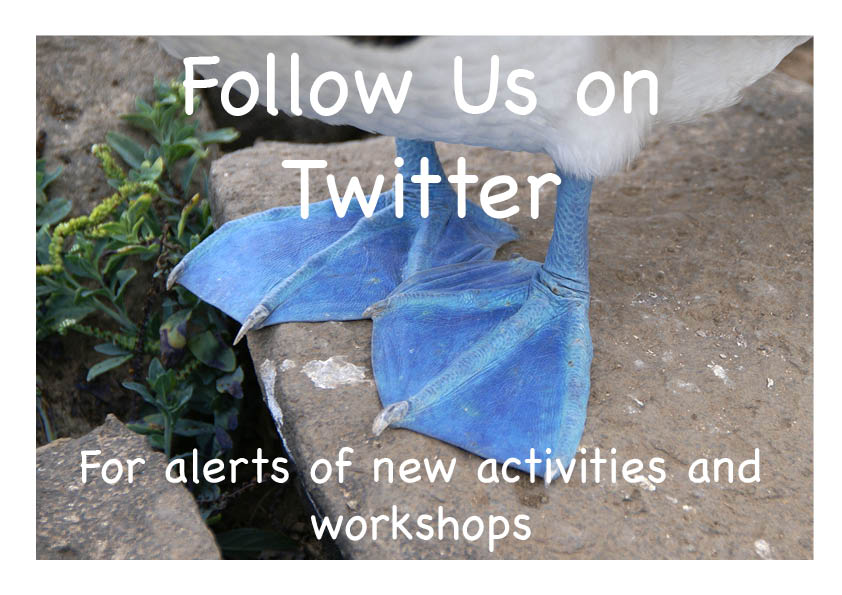 |
We are updating this page and we would welcome suggestions on ways to respond to these often asked questions. We also welcome new questions! My email address:stuart.scott@collaborativelearning.org
|
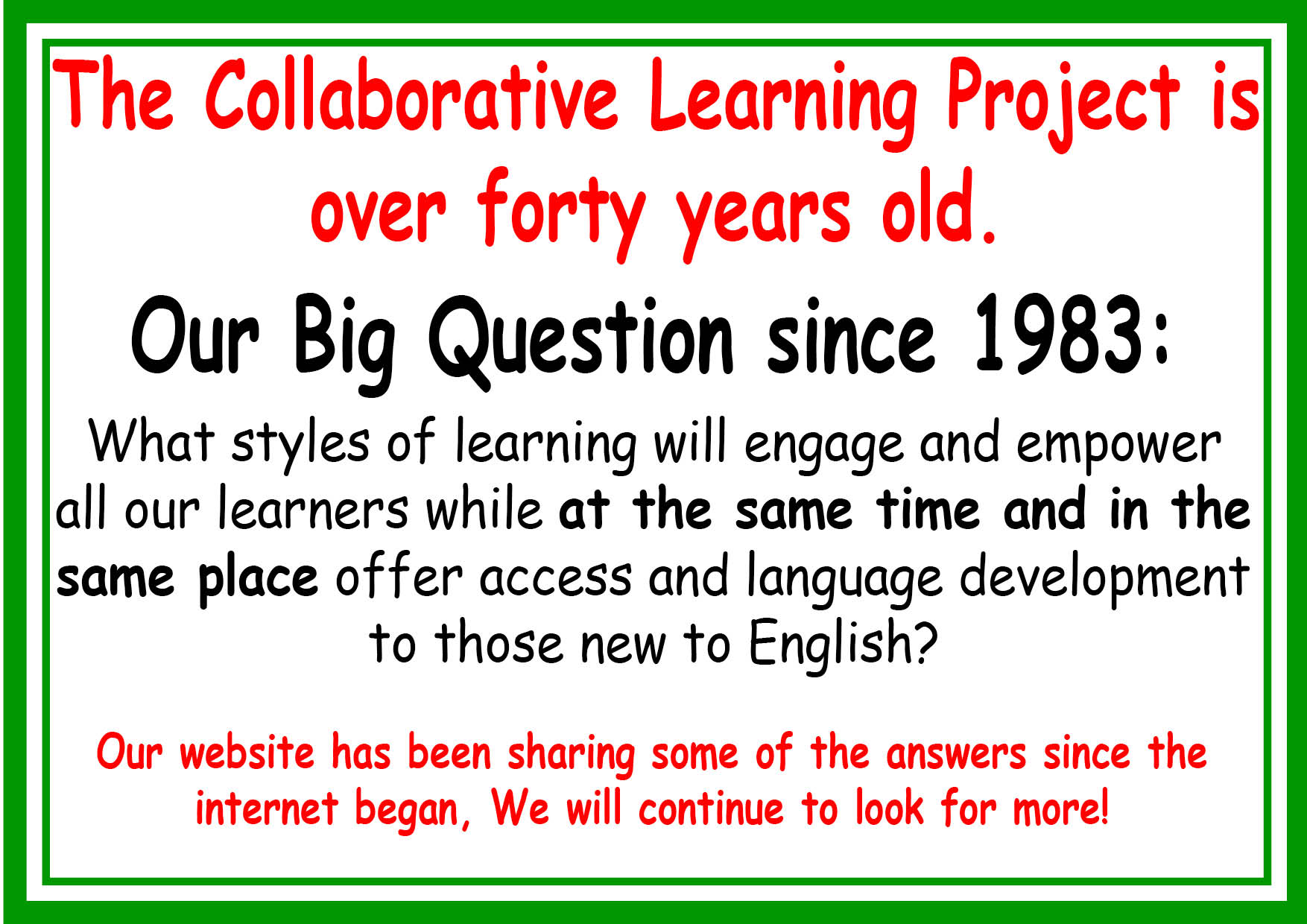 |
How are collaborative learning activities good for students with behavioural difficulties? |
Students who find learning and concentration difficult need a secure learning environment where they are supported while they are able to take risks. Collaborative activities provide familiar structures in different contexts where students can play an active role and feel valued for what they can contribute. For more information on these topics take a look at Sylvia MacNamara's "Changing Behaviour "and "Teaching Special Needs" published by David Fulton. |
How does collaborative learning support accelerated learning?
|
Accelerated learning requires teachers to recognise and explore different learning styles for example kinaesthetic, visual, aural and oral. It also requires that concepts are reformulated so that they become firmly embedded. Collaborative learning activities often provide a lot of visual clues, allow students to move the thinking around the table, and students often need to synthesise information and subsequently pass it on to their peers. |
As a SENCO I feel that collaborative activities may prevent students with special needs from getting the special programmes that they need. |
Many IEPs are skill based and restrict the range of texts offered to students. Collaborative activities can provide a motivating context and remind everybody that there is a purpose behind literacy/skill development. The activities also provide the impetus for students to consolidate IEPs, and move to more independent learning. They also ensure that other students perceive that SEN students are fully participating members of the group. |
It doesn't fit in with our school development plan. |
We have not yet seen a SDP that didn't include one or more of the following: raising achievement for EAL, more able students, SEN students, working class boys etc. Collaborative activities also support inclusion, differentiation, social skills, citizenship, equal opportunities etc etc. |
Some students prefer to work alone. |
This is true. However, these students will have to learn to get on with others and defend their points of view. Working in collaborative groups provides a far less threatening way to do this rather than having to speak out in front of the whole class. |
| Now there is a pressure for more extended writing, there is even less time for collaborative work. | There is increasing evidence that many students (including EAL students) are not producing enough extended examples of writing in genres other than narrative early enough. A lot more work needs to be done to help students plan this kind of writing and connect it well. Collaborative work provides opportunities for reading extended texts together, and planning extended writing. Many of our collaborative activities in the foundation subjects can lead to extended discursive writing and also writing in role. |
| What are the ways in which introducing collaborative learning makes teaching easier and more pleasurable? | Classrooms where collaborative work is part of the normal repertoire tend to be calmer and more self regulating. Students are more confident and consequently less liable to disrupt the learning of others. The classroom responsibilities are shared. It is easier for support staff to work alongside targeted students. The fun element is also important for motivating students and teachers. Everyone feels more successful at what they are doing. |
| We tried it once and it didn't work. | Collaborative learning is a style of teaching/learning that demands a lot from every student. It requires and develops social skills. Some students will take longer than others to settle, but all students need some time. Consequently collaborative actitivities need to be used for a reasonable amount of time before they are totally successful. Most teachers who have worked in this way for more than a term will find it makes a difference. It is of course much easier if more teachers are working together on introducing activities and the management of the school supports the development. |
| Surely collaborative work will hold gifted and talented students back. | Some of our most interesting activities were developed by gifted and talented students. The skill of understanding the principles behind the learning and adapting them to new contexts extends and motivates some students. Collaborative activities also provide speedy access to the curriculum for bilingual students who are going to achieve a lot, and of course everyone needs the social skills. |
| Collaborative activities take up too much time. | It is the aim of every teacher that every student leaves the classroom with a buzz of excitement about their lesson which continues on the journey home and sticks in the memory. Collaborative activities can be quite short, but they keep the ideas going in students' heads. Many students are encouraged by this to develop their own activities in their own time or as homework. These can often be used in the classroom. The activities do take time to prepare: both in the planning and the trialling of the resources. We would argue that this can be the most effective use of school non contact time rather than dealing with administrative matters that could be disseminated by text, email, noticeboard or newsletter. They are enjoyable to plan cooperatively, and once prepared can be stored and reused. Most of them are simply photocopied on paper or card and sometimes laminated. Students are often interested in helping in the preparation. Furthermore, activities can be shared and tweaked through our network of teachers. |
| How does collaborative work help with assessment? | Collaborative activities have built in potential for self assessment. Since students are working consciously together they are also in a better position to reflect on their learning and teachers can keep a continuous record of these conversations. Structured groupwork provides excellent opportunities for teachers to listen in at a discreet distance and record language development, concept development; observe individual learning styles and generally improve their running records. Active listening (vital for EAL beginners) can be observed. Such assessment records will prove invaluable for tweaking the teaching and learning for particular groups or individuals. Any further summative assessment will need to be underpinned by this evidence. |
| There is nothing to show at the end of a groupwork session. | If students are able to to recall the main points of a lesson, formulate the learning objectives in their own words and reflect on their own learning, it only requires their teachers to make sure that all this is suitably recorded, granted high value and commented upon. In addition there is a lot of evidence to support the notion that later demands for recall (eg a written test two weeks later) are more successful if the concepts were learned through collaborative activities.
|
We are updating this page and we would welcome suggestions on ways to respond to these often asked questions. We also welcome new questions! My email address:stuart.scott@collaborativelearning.org
|
 |
 |
 |
 |
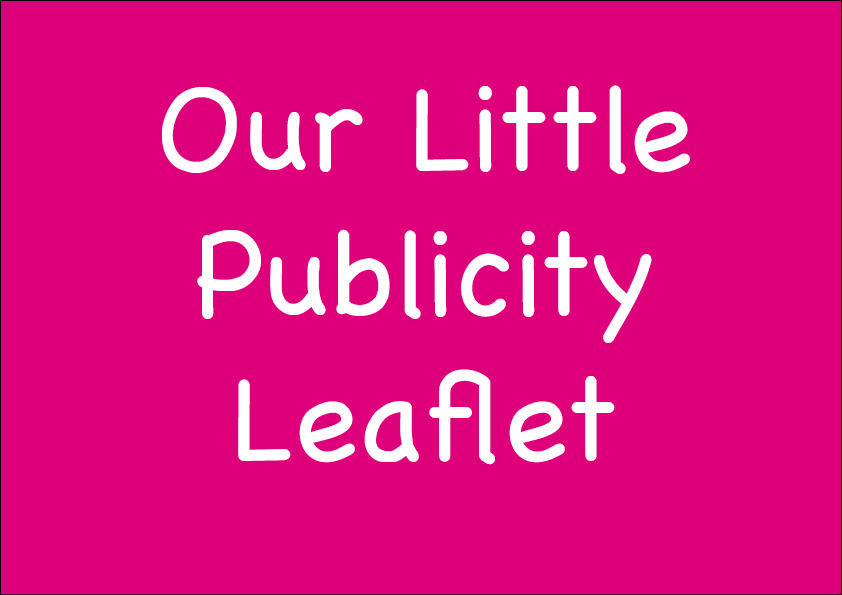 |
 |
 |